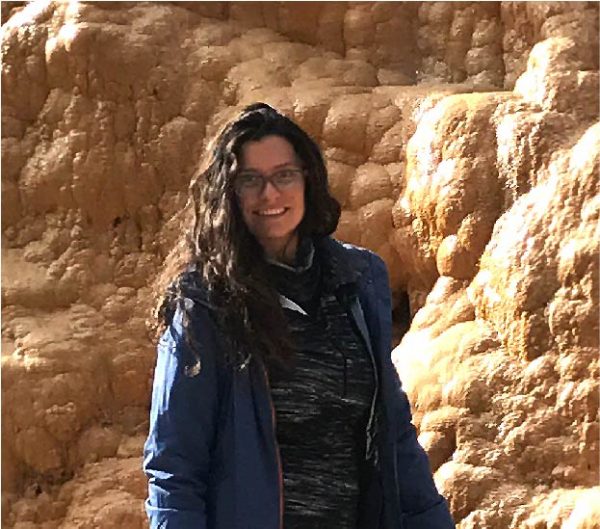Geophysical and sedimentological interpretation of a pop-up structure within the San Diego Bay pull-apart basin, San Diego, California

Xiomara Rosenblatt
MS Candidate
advisor: Dr. Jillian Maloney
Friday, August 6, 2021
10:30 am
Abstract
A fault zone was recently discovered in the southern San Diego Bay pull-apart basin in San Diego, California (Singleton et al., 2021). The fault zone, named here as the Crown Cove fault zone, was imaged as two parallel faults in high-resolution Chirp subbottom data that appear to form a pop-up structure near the deepest part of the pull-apart basin, based on gravity data. The paleoseismic activity and structural controls on this transpressional feature within the broader transtensional basin are unknown, but its location within the tidal zone allows investigation with marine seismic reflection methods and shore-based sampling. In 2011-2013, and 2019, Chirp subbottom data were collected in San Diego Bay and shore-based vibracores were collected in November 2020 and April 2021 to provide ground-truthing and age correlation for the Chirp profiles. These data were used to interpret the depositional history of the study area and assess fault structure and activity. Three seismic facies were mapped across the southern bay, including across the pop up structure. Based on the Chirp and sediment core data, including grain size and radiocarbon ages, these units were interpreted as highstand bay deposits, subaerial transgressive deposits, and older paralic deposits. Both strands of the Crown Cove fault zone offset the interpreted subaerial unconformity formed during the last glacial maximum (~20 ka) by 1.5 to 3.5 meters. These results indicate potential earthquake hazards for the communities living on the Silver Strand. Furthermore, a seismic event could cause liquefaction of the unconsolidated dredged sand as well as the soft sediments that naturally built the Silver Strand.

